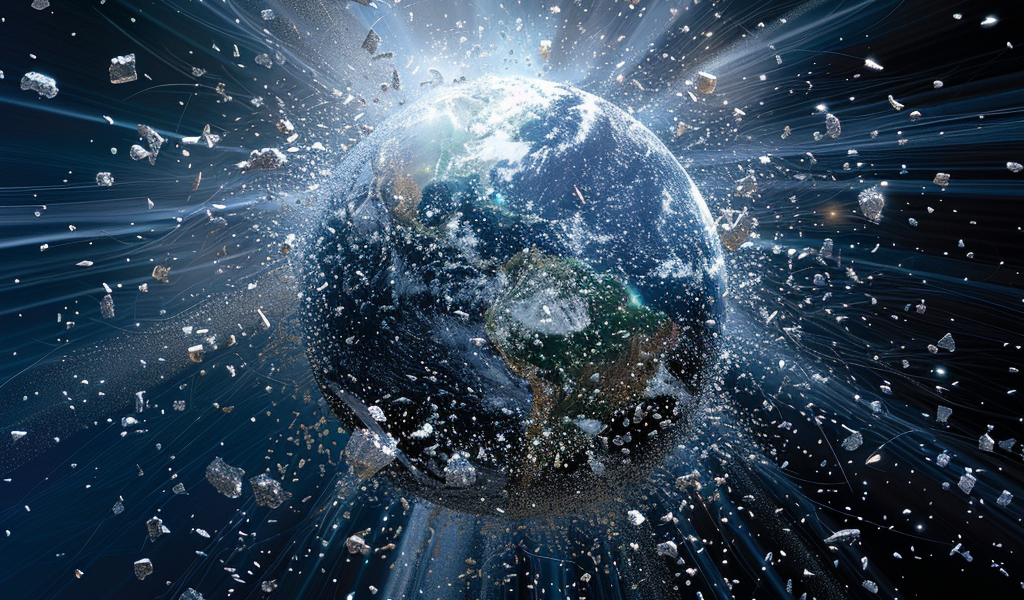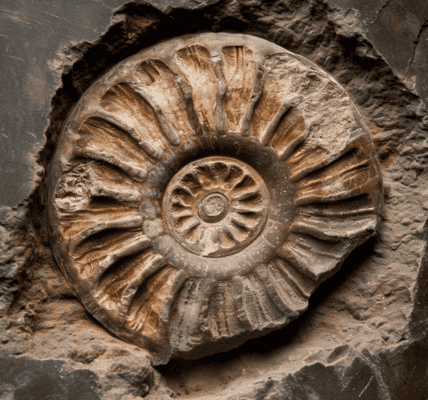An ex-NASA physicist has raised concerns about the potential impact of cheap satellite ‘megaconstellations’ like Elon Musk’s Starlink on Earth’s magnetosphere, warning that they could expose all life to deadly cosmic rays. Dr. Sierra Solter-Hunt’s recent study highlights the alarming rate at which Musk’s SpaceX is introducing wireless internet satellite debris into Earth’s atmosphere, creating a layer of ‘conductive particulate’ in orbit.
According to Dr. Solter-Hunt, the accumulation of metal dust from the space industry has been largely overlooked. The study reveals that SpaceX is burning up over 2,755 lbs (1.3 tons) of satellite debris every hour, contributing to the formation of this potentially hazardous metal layer in space.
With 5,504 operational Starlink satellites currently in orbit and plans for tens of thousands more, the physicist warns of the possible consequences of these ‘megaconstellations.’ The presence of such a significant amount of metal trash in space could distort or trap Earth’s magnetic field, which plays a crucial role in maintaining the planet’s atmosphere.
Dr. Solter-Hunt draws parallels to the fate of Mars and Mercury, suggesting that an extreme scenario involving a layer of charged metal dust could lead to ‘atmospheric stripping.’ This process could have detrimental effects on Earth’s atmosphere and its ability to retain essential elements for life.
Having previously worked on NASA’s comet-catching Stardust spacecraft research team and at the US Air Force Research Laboratory, Dr. Solter-Hunt brings valuable expertise to the discussion on the potential risks associated with the rapid expansion of satellite megaconstellations.
As the debate around the environmental impact of space activities continues to evolve, the findings of this study shed light on the need for further research and consideration of the long-term consequences of satellite deployment in Earth’s orbit.





